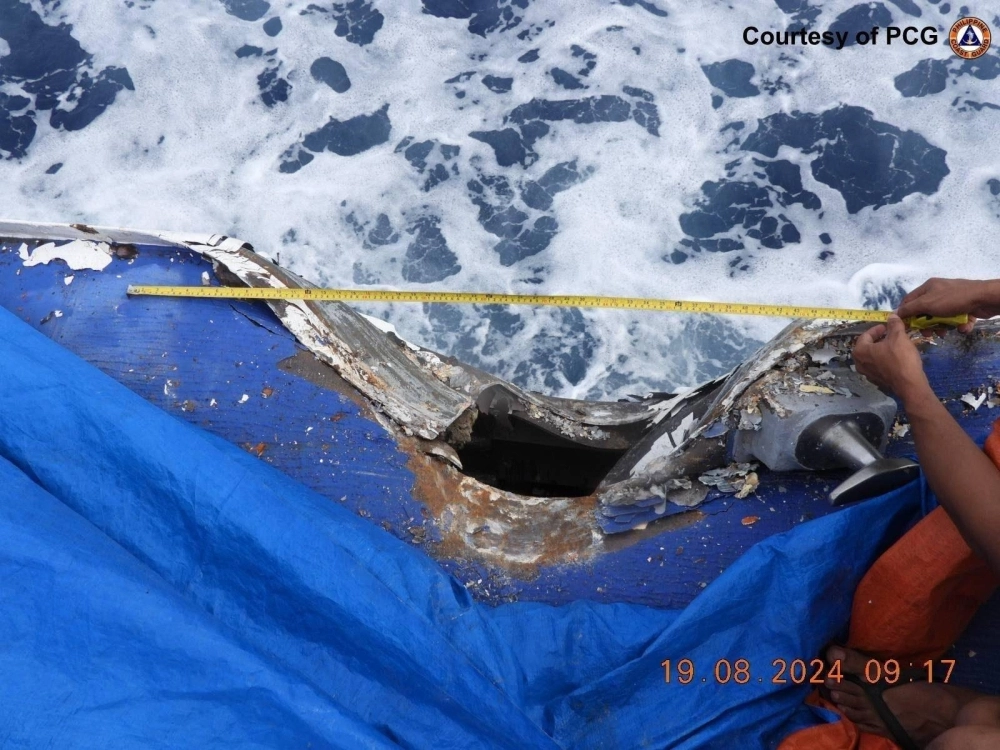Beijing and Manila traded blame over collisions between coast guard vessels in the disputed South China Sea on Monday, with China accusing the Philippines of “intentionally ramming” one of its ships and later violating a provisional agreement on a hotly contested area of the waterway.
In a statement, the China Coast Guard said two Philippine Coast Guard ships had “ignored repeated warnings” and sailed in an "unprofessional and dangerous" manner near Sabina Shoal, with video posted by the Chinese side showing a collision occurring in the early hours of Monday.
“The responsibility for the collision lies entirely with the Philippine side,” China Coast Guard spokesperson Gan Yu said. “We squarely advise the Philippine side to immediately cease its infringement and provocations, or else it will bear all the consequences."


















With your current subscription plan you can comment on stories. However, before writing your first comment, please create a display name in the Profile section of your subscriber account page.